Turtles are a remarkably unique group of reptiles, especially noted for their shells. Questions such as “Why do turtles have shells?”, “When did turtle shells first appear?”, and similar inquiries have sparked debates among paleontologists for centuries. In the following article, we invite you to explore how turtles evolved and developed their distinctive shells.
The Discovery of a Fossilized Turtle in the Late 19th Century Sparked a Debate
In 1887, a scientist in Germany announced the discovery of an intriguing animal fossil. Clearly, it was a turtle with a thick shell on its back and a flat plastron beneath its belly, qualifying it as a turtle, although it had not yet developed the “feature” of retracting its head into its shell like modern turtles do.

This was not just a new turtle genus; it was also the oldest turtle species discovered at that time, named Proganochelys. Modern science has determined that it lived 210 million years ago, at the end of the Triassic period. The finding of this turtle with an intact shell helped confirm its classification as a turtle but also raised many questions about how that shell evolved. To answer this question, we need to understand when and where on the body of the turtle’s ancestors the shell developed.
Did the Turtle Shell Evolve from the Chest Up or the Back Down? A Headache for Paleontologists
For a long time, since the late 19th century, most paleontologists believed that turtles evolved from the reptilian genus Pareiasaurus. These creatures had robust, rounded bodies, and many species within this genus had hard scales on their backs, such as Bradysaurus, which lived 260 million years ago, or a more recent Pareiasaurus species with a more developed armoured scale, Anthodon. Therefore, it is not surprising that they speculated that the scale system on the backs of Pareiasaurus species gradually developed, eventually fusing together to form the shell on their backs, which then connected with the ribs below to create a complete shell like what we see today.
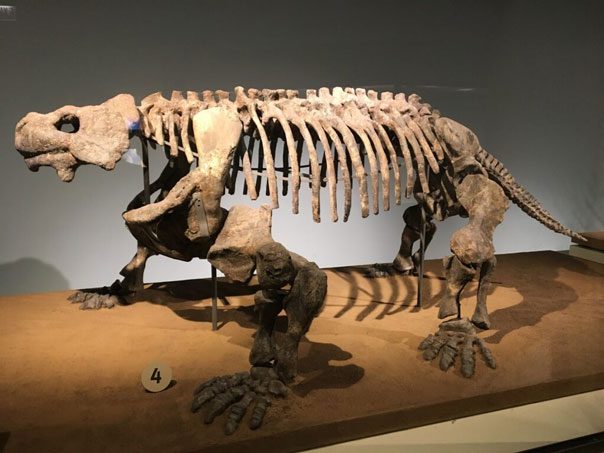
Bradysaurus
This sounds quite reasonable, but things are not that simple. By the 1920s, as science progressed and paleontologists delved deeper into the developmental processes of organisms from embryo to adulthood, they realized that the ribs in front of the chest expanded and fused to form the plastron (the “belly” part) before this structure extended upwards to create the carapace (the upper shell). Therefore, both structures needed to combine to form a complete shell. Some scientists proposed to overturn the previous hypothesis and suggested an alternative theory that turtles developed their shells from the front chest area before extending to the back.
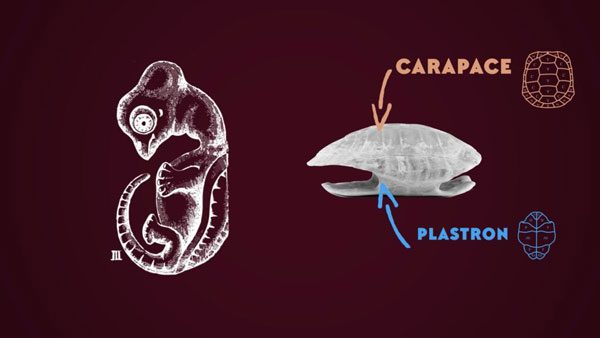
One faction argued that the turtle shell developed from the back scales down, while another claimed it evolved from the chest ribs up. Both sides had evidence to support their hypotheses. So, which side is correct? Fortunately, paleontologists later discovered a creature that could help settle the debate—a primitive turtle species.
Turtles Developed the Plastron First, Then the Carapace
In 2008, the paleontological community was shaken by the discovery of an interesting fossil in China. This creature closely resembled a turtle but only had a plastron and no carapace. Its back still consisted of ordinary ribs. Paleontologists named this animal Odontochelys, which lived about 220 million years ago, 10 million years before the primitive turtle Proganochelys was found in Germany.
The fact that Odontochelys had a plastron but no carapace provides clear evidence that turtles developed the plastron first before evolving the upper shell.
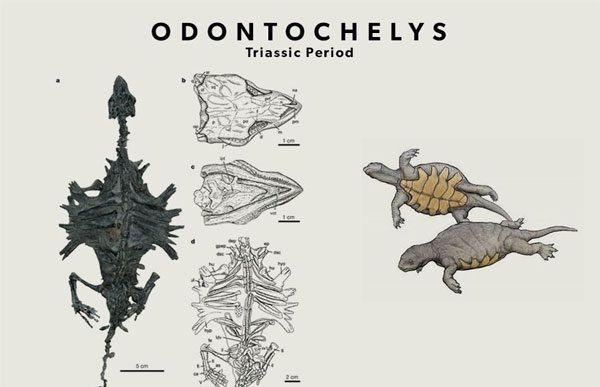
The discovery of Odontochelys prompted paleontologists to re-examine another species, Eunotosaurus, in 2010. This species lived 260 million years ago in Africa, long before Proganochelys and Odontochelys. Its fossils were discovered in 1892, but most experts at the time believed it was not a turtle ancestor because it lacked a shell. However, it had flat, wide ribs, and modern paleontologists noted that it closely resembled Odontochelys.
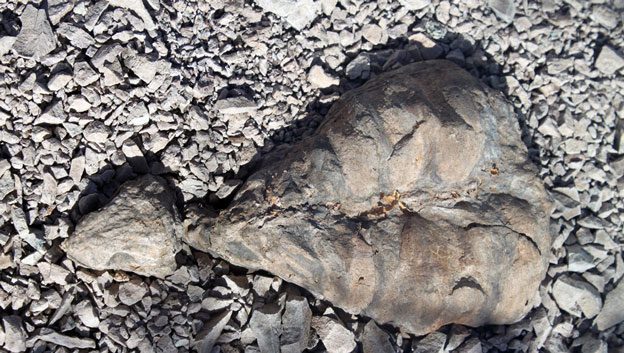
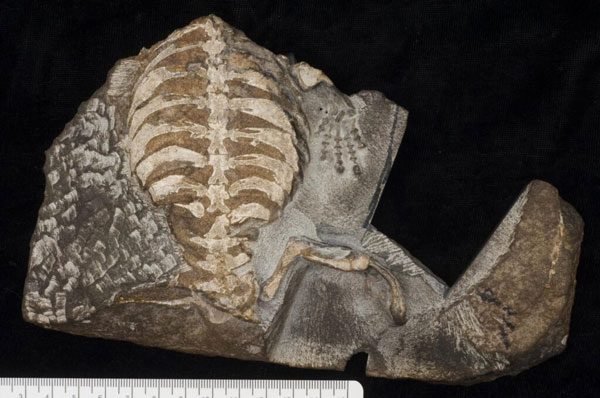
By 2015, researchers discovered another primitive turtle species in Germany, naming it Pappochelys, or “grandfather turtle.” This species lived 260 million years ago. It had wide ribs, and its breastbone structure had begun to fuse but had not yet formed a complete plastron. This primitive turtle is evidence of the transition from Eunotosaurus to Odontochelys with a hardened plastron.
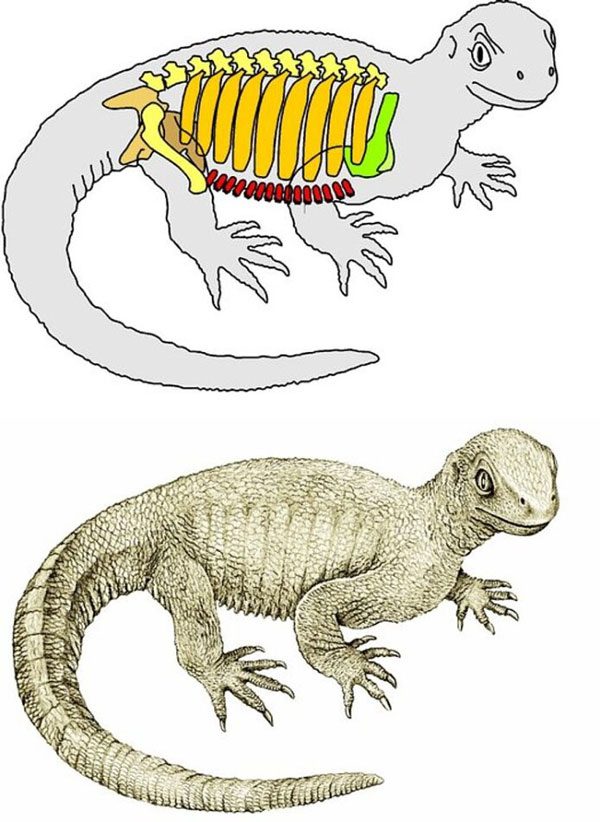
These studies and discoveries have filled in the gaps in the evolutionary history of turtles. However, one question remains: why did turtles develop their shells when such a wide ribcage would make them slower? Surely the shell must serve some purpose for turtles to have evolved it.
Initially, Turtles Had a Plastron for Shelter, Later They Carried Their “Home” with Them
In 2016, paleontologists revisited the distant ancestor of turtles, Eunotosaurus, and discovered something fascinating about this species. They evolved to adapt to burrowing. Their heads were shovel-shaped, and their forelimbs were stronger than their hind limbs, equipped with massive claws. All of this indicates that they were excellent diggers, living in burrows. This also explains why they had a wide ribcage.
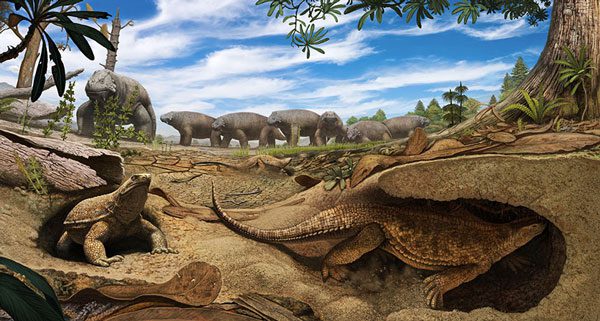
A wide and flat body would help them maintain stability while digging with both forelimbs. With such a wide body and short legs, moving around would naturally be more difficult, making them slower. Thus, they would require more protection. That is when their ribs began to fuse, forming a shell that would protect the entire body of modern turtles. Over time, the evolutionary purpose of the turtle shell changed. Initially, it served to provide better shelter; now, the shell has become both armor and a mobile home, protecting them everywhere, at all times.
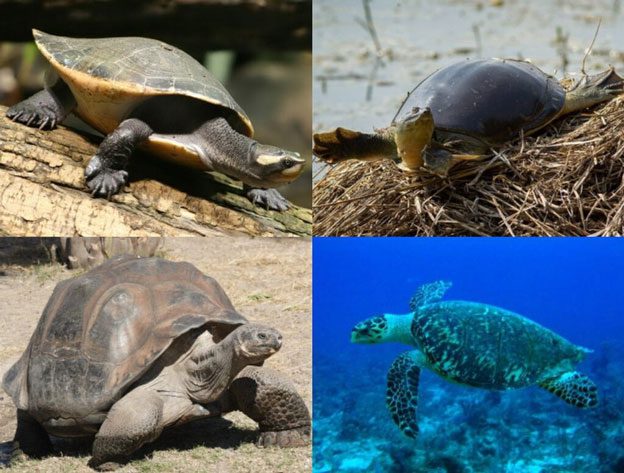
This article discusses the evolutionary history of turtles, specifically how they formed their signature shell. We hope to have provided you with interesting information. Thank you for your interest, and may you always love science!




















































